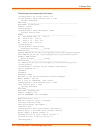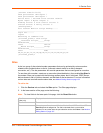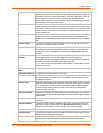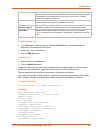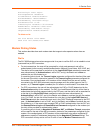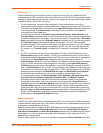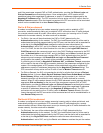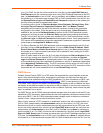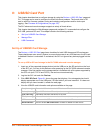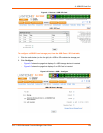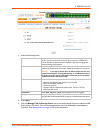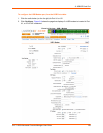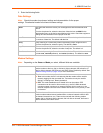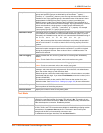
8: Device Ports
SLC™ 8000 Advanced Console Manager User Guide 156
Remote/Dial-out Login and Remote/Dial-out Password configured for the modem (not the site)
will be provided as authentication tokens.
If a matching site is found, its CBCP Server Allow No Callback, Dial-back Number, Allow Dial-
back, Dial-back Delay, Dial-out Login, Dial-out Password, Negotiate IP Address, NAT, and
Modem Timeout parameters will be used for the rest of the dial-back connection instead of the
parameters configured for the modem. Once the remote server is authenticated, the CBCP
handshake with the client determines the number to use for dial-back. The SLC 8000 advanced
console manager will present the client with the available options: if Allow Dial-back is enabled
for the site and a Dial-back Number is defined, the administrator-defined option is allowed; if this
is not the case, the user-defined number is allowed. Additionally, if CBCP Server Allow No
Callback is enabled, the client can also select no callback (the PPP connection established at
dial-in will remain up). The client will select from the available callback options. If the SLC unit can
determine a dial-back number to use, it will hang up and wait Dial-back Delay seconds before
initiating the dial-back. The SLC advanced console manager will call back the previously
authenticated remote peer, and if the remote peer requests PAP or CHAP authentication, provide
the Dial-out Login and Dial-out Password as authentication tokens. Once authenticated, a PPP
session will be established using either negotiated IP addresses or specific IP addresses
(determined by the Negotiate IP Address setting).



